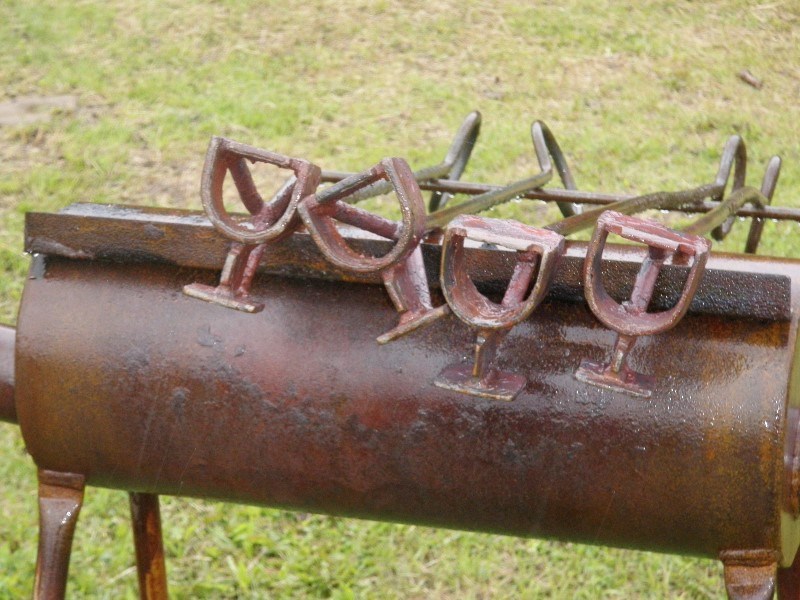Ah, Thursday. Where have you been all my life? Even though it's a short week, it feels like it has been a long one, but we almost made it through and that means it's time for another Thursday Tack and Tale from Stockmen's Memorial Foundation coming your way.
This week, some history about the prominent, multigenerational WineGlass Ranch and its Wineglass brand.
In 1885 the ranch would be established and homesteaded by Frank Towers. Great, great granddaughter, Lori Anne Eklund Forbes, explained that census records show her great, great grandfather near the old town of Mitford in 1883.
"He was working on the railway and the story goes that his foreman came and said 'job's going to end, railway is going to be done pretty quick here, if you wanted to settle somewhere, now would be the time to take a look at that.''"
So, Towers turned his attention to ranching and parted ways with the railway. He purchased land which sits about 8 kilometres southwest of Cochrane, tucked away in the foothills of the Rocky Mountains. At the time most of the quarters and sections were bought for about a dollar an acre. A price point dirt cheap in today's day and age but back then, a pretty penny.
Towers split his land between two of his children, Harold and Lesley. Harold would go on and sell his half of the ranch to the Copithornes - who had also homesteaded in the area - while Lesley kept his portion, carrying on with ranching and farming.
"From there Lesley, they only had one child, a girl which is my grandma. She was Vernice, and so the ranch automatically went to her," explains Forbes.
Forbes added that during these earlier years it was unusual for land to be passed down to women, but due to the circumstances that was the way it went.
After attending a dance in Cochrane, Vernice Towers crossed paths with Hugh Wearmouth and the pair were married in 1941. Forbes said at the start of it all the ranch was always known as the Towers Ranch but after her grandmother, Vernice, took it over it became the Wearmouth Ranch with the cattle brand being Double S Bar and placed on the right rib. The ranch was later passed on to Forbes' mother, Edith Wearmouth, who has since passed it on to her son, Travis Eklund.
Due to the fact that the ranch was going through the women in the family, a name was landed upon by Edith's parents for it to remain consistent going forward. It would be as it stands today, the WineGlass Ranch.
"People often ask why WineGlass and there was a little rumour that got started that it was because the trees on the hill were in the shape of a wine glass but that's totally false," laughed Forbes. "We really kind of speculate that they probably went to the brand office and in the states (U.S.) at that time they had those single iron symbol brands and probably just flipped through and chose the one that appealed."
On April 1, 1889 a cattle brand was registered by Forbes' great, great grandparents. A horse brand soon followed. The original cattle brand was placed on the right hip while the horse brand was placed on the left shoulder. The brand is read Wineglass.
"The cattle brand when we were growing up was always on the right hip and then in the 90's the brand office went through some changes and so my mom and dad had the opportunity to purchase both shoulder brands for the cattle and the other hip. So we ended up owning all four, the two shoulders and the two hips," explained Forbes.
Forbes said her parents kept one brand and gifted the remaining three cattle brands to her and her brothers, Travis and Shane. These young teenage hooligans must have thought "sheesh" thanks mom and dad, but now the siblings realize the significance behind it.
The WineGlass Ranch has been operated by five generations and the hope is that it will continue on for years to come. With good intentions in mind to do just this, Edith Wearmouth has put a decent portion of the ranch's land in a conservation agreement.
"The idea is that it will stay agriculture land forever," said Forbes. "You don't have to have been here for generations or live in the country to be connected with the land and the community."




